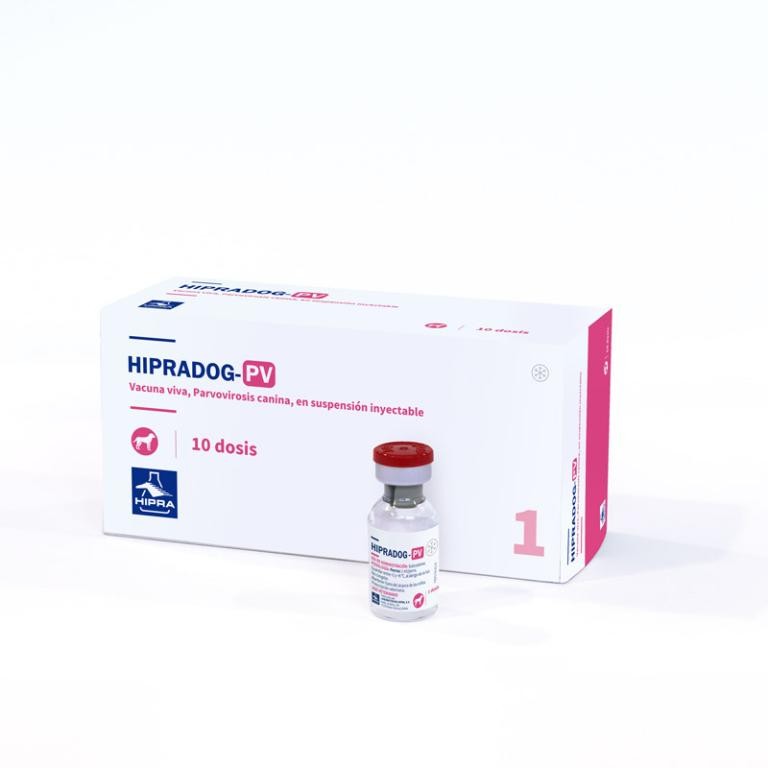Canine leptospirosis
AETIOLOGY:
Infection caused by Leptospira interrogans, mainly by L. canicola and L. icterohaemorrhagiae serotypes.
They can survive in moist soils, surface waters and effluents (non-acidic pH) for weeks.
EPIDEMIOLOGY:
It is mainly common in summer and autumn, and in dogs living in rural areas, hunting dogs or dogs that come into contact with many other individuals.
TRANSMISSION:
The main source of infection is the urine of infected animals. Bacterial shedding occurs intermittently for several months. Infection occurs through mucous membranes or skin abrasions.
MEDICAL SIGNS:
The incubation period is 5 to 15 days. In severe cases, the disease develops suddenly and is characterised by mild weakness, anorexia, vomiting, fever and often mild conjunctivitis. Some dogs present jaundice (yellowing of the skin, eyes and mucous membranes) as the first manifestation of the disease. Pain in the lower back (kidney area) may also appear. As the disease progresses, vomiting and bloody diarrhoea may also appear, indicating the presence of a haemorrhagic gastroenteritis. Kidney problems often appear and are the main cause of death in affected animals.
DIAGNOSIS:
The diagnosis is made based on the clinical symptoms, but as in many other infectious diseases, serology will confirm the presumptive diagnosis.
TREATMENT, PREVENTION AND CONTROL:
Antimicrobial therapy is recommended as treatment. Secondary complications should be treated as they appear.















